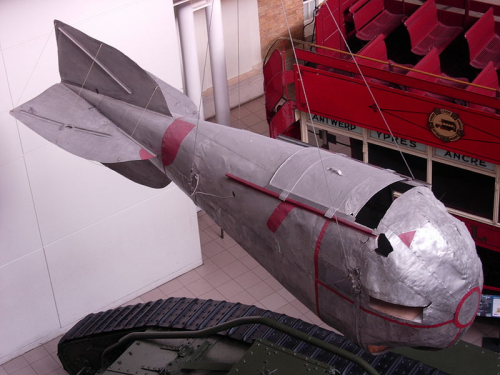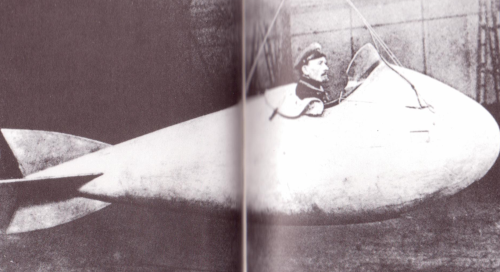
Being somewhat in the market for a new car and being somewhat of a guy who is getting (snort!) older, I figured the first order of business was to determine which cars I should not buy.
That compelled me to reflect on the class of cars that I call Cantankerous Old Bastard Cars. First, let’s define Cantankerous Old Bastard:
The Old Bastard is pushing sixty, divorced, and monied. He is–as he likes to tell people often–successful. Two kids, grown, out of the house. Often he is a lawyer, a word which he pronounces in a gravely, Jilly Rizzo-type East Coast voice as: loyah.
Reading glasses perched on the end of his nose and white-collared dress shirts help complete the picture.
Now that Cadillacs no longer define the crusty old man, what kind of vehicle are we looking at?
3. Jaguar XJ Series
Jaguars have famously been absolute mechanical pieces-of-shit. Where else can you spend $73,000 for the privilege of owning a car that leaves you stranded in the broiling heat near Wendover, Utah? Jaguar, of course! Even Jaguar itself admits that its “old reputation for having spotty quality lingers from long ago and hurts us.”
But if you’re an Old Bastard, you need an appropriately haughty car. A car with a predatory beast as a hood ornament, announcing to the world: I, too, am a predator! What better than a Jaguar XJ series?
2. Corvette
Corvette? Old Bastard-type car? Gee, no kidding. You say?
When I lived in Washington, DC, we would occasionally hear about Robert Novak, the now-dead Washington columnist and patron saint of all Old Grouchy Bastards, terrorizing people with his black Corvette.
In one incident reported in The Washington Post, Novak screamed at a pedestrian: “’Learn to read the signs, asshole,” before speeding away. In the worst incident in July 2008, Novak hit-and-ran a pedestrian around 1700 K Street. Asked later about the event, the self-proclaimed “compassionate conservative” said, “He’s not dead. That’s the main thing.”
Johnny Carson also drove one of these. Need I say more?
1. Mercedes SLK
The Mercedes SLK is a touchy subject because, unlike Corvettes, it doesn’t reach out and grab you, shouting, “Old Bastard Car!” It takes awhile to notice this; some empirical data-gathering.
If you had asked me several years ago, I would have said, “Well, it’s a sporty enough car. Looks like anyone would drive one.”
But in years since, I have yet to see anyone under age 60 driving an SLK. The SLK is interesting, too, in that you’ll find the Old Bastards’ female counterparts driving them, too. Perhaps as spoils of a divorce?
My theory? The Mercedes SLK is for a certain class of discerning men who may even be aware of the taint of Old Bastardom, and are seeking to avoid it. They know about the cultural associations of ‘Vettes (and besides, Corvettes are just old-school Detroit iron). But a Mercedes? And one with a trim back end, as the SLKs have? Just perfect.
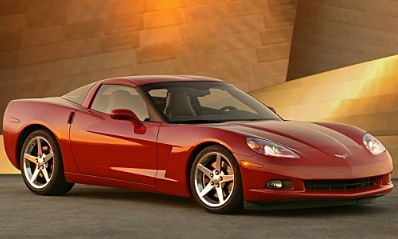
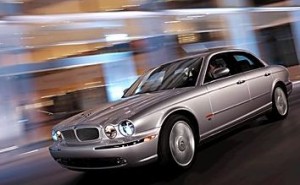
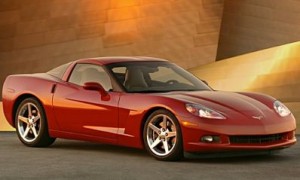
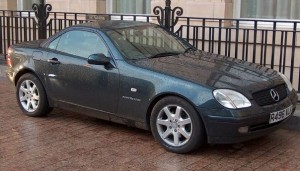


 The Clipper Vanishes
The Clipper Vanishes



